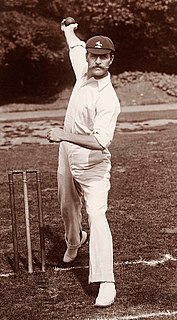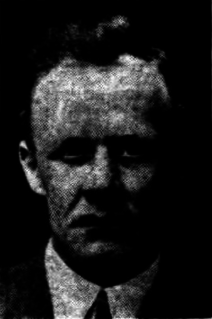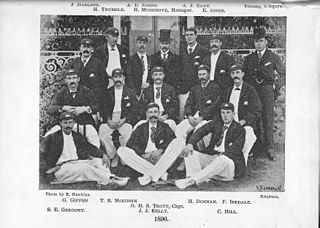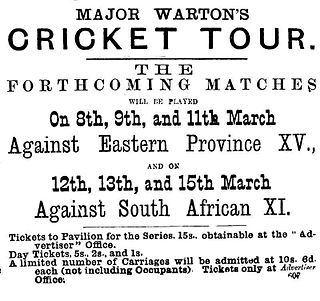 Frank Smith | |||||||||||||||||||||||||||
| Personal information | |||||||||||||||||||||||||||
|---|---|---|---|---|---|---|---|---|---|---|---|---|---|---|---|---|---|---|---|---|---|---|---|---|---|---|---|
| Full name | Frank Ernest Smith | ||||||||||||||||||||||||||
| Born | 13 May 1872 Bury St Edmunds, Suffolk | ||||||||||||||||||||||||||
| Died | 3 December 1943 (aged 71) Sedbergh, Yorkshire | ||||||||||||||||||||||||||
| Batting | Left-handed | ||||||||||||||||||||||||||
| Bowling | Left-arm orthodox spin | ||||||||||||||||||||||||||
| Domestic team information | |||||||||||||||||||||||||||
| Years | Team | ||||||||||||||||||||||||||
| 1893–1908 | Surrey | ||||||||||||||||||||||||||
| 1901–1902 | London County | ||||||||||||||||||||||||||
| 1906–1907 | Transvaal | ||||||||||||||||||||||||||
| Umpiring information | |||||||||||||||||||||||||||
| Tests umpired | 5 (1902–1910) | ||||||||||||||||||||||||||
| Career statistics | |||||||||||||||||||||||||||
| |||||||||||||||||||||||||||
Source: CricInfo, 21 September 2008 | |||||||||||||||||||||||||||
Frank Ernest Smith (13 May 1872 – 3 December 1943) was an English professional cricketer who played first-class cricket between 1893 and 1908. He played 68 games, and later umpired. He was born at Bury St Edmunds in Suffolk.
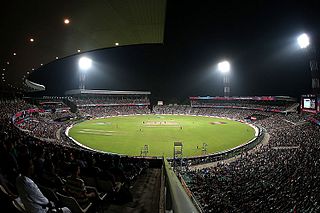
Cricket is a bat-and-ball game played between two teams of eleven players on a field at the centre of which is a 20-metre (22-yard) pitch with a wicket at each end, each comprising two bails balanced on three stumps. The batting side scores runs by striking the ball bowled at the wicket with the bat, while the bowling and fielding side tries to prevent this and dismiss each player. Means of dismissal include being bowled, when the ball hits the stumps and dislodges the bails, and by the fielding side catching the ball after it is hit by the bat, but before it hits the ground. When ten players have been dismissed, the innings ends and the teams swap roles. The game is adjudicated by two umpires, aided by a third umpire and match referee in international matches. They communicate with two off-field scorers who record the match's statistical information.
First-class cricket is an official classification of the highest-standard international or domestic matches in the sport of cricket. A first-class match is of three or more days' scheduled duration between two sides of eleven players each and is officially adjudged to be worthy of the status by virtue of the standard of the competing teams. Matches must allow for the teams to play two innings each although, in practice, a team might play only one innings or none at all.

In cricket, an umpire is a person who has the authority to make decisions about events on the cricket field, according to the Laws of Cricket. Besides making decisions about legality of delivery, appeals for wickets and general conduct of the game in a legal manner, the umpire also keeps a record of the deliveries and announces the completion of an over.
Contents
As a player, Smith played for Surrey County Cricket Club as part of the County Championship winning sides of 1893 and 1895 and was awarded his county cap in 1894. [1] His best season was in 1894 when he took 95 wickets with his "rather slow" left handed deliveries. [1] He made 11 appearances for the short lived London County between 1901 and 1902 and played once for Transvaal in 1907, spending a number of years coaching in South Africa during the English off-season. [1] [2] As an umpire he stood in five Test matches between 1902 and 1910, all in South Africa. [2]

Surrey County Cricket Club is one of eighteen first-class county clubs within the domestic cricket structure of England and Wales. It represents the historic county of Surrey and also South London. The club's limited overs team is called "Surrey". The club was founded in 1845 but teams representing the county have played top-class cricket since the early 18th century and the club has always held first-class status. Surrey have competed in the County Championship since the official start of the competition in 1890 and have played in every top-level domestic cricket competition in England.

The County Championship, currently known as the Specsavers County Championship for sponsorship reasons, is the domestic first-class cricket competition in England and Wales and is organised by the England and Wales Cricket Board (ECB). It became an official title in 1890. The competition consists of eighteen clubs named after, and originally representing, historic counties, seventeen from England and one from Wales. From 2016, the Championship has been sponsored by Specsavers, who replaced Liverpool Victoria after 14 years.

London County Cricket Club was a short-lived cricket club founded by the Crystal Palace Company. In 1898 they invited WG Grace to help them form a first-class cricket club. Grace accepted the offer and became the club's secretary, manager and captain. As a result, he severed his connection with Gloucestershire CCC during the 1899 season. The club played first-class matches between 1900 and 1904.
After playing Smith coached at Sedbergh School in Yorkshire. [1] He died at Sedbergh in 1943 aged 71. [3]
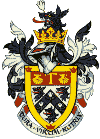
Sedbergh School is a co-educational independent boarding school in the town of Sedbergh in Cumbria, in North West England. It comprises a junior school for children aged 4 to 13 and the main school. It was established in 1525.

Yorkshire, formally known as the County of York, is a historic county of Northern England and the largest in the United Kingdom. Due to its great size in comparison to other English counties, functions have been undertaken over time by its subdivisions, which have also been subject to periodic reform. Throughout these changes, Yorkshire has continued to be recognised as a geographical territory and cultural region. The name is familiar and well understood across the United Kingdom and is in common use in the media and the military, and also features in the titles of current areas of civil administration such as North Yorkshire, South Yorkshire, West Yorkshire and East Riding of Yorkshire.






